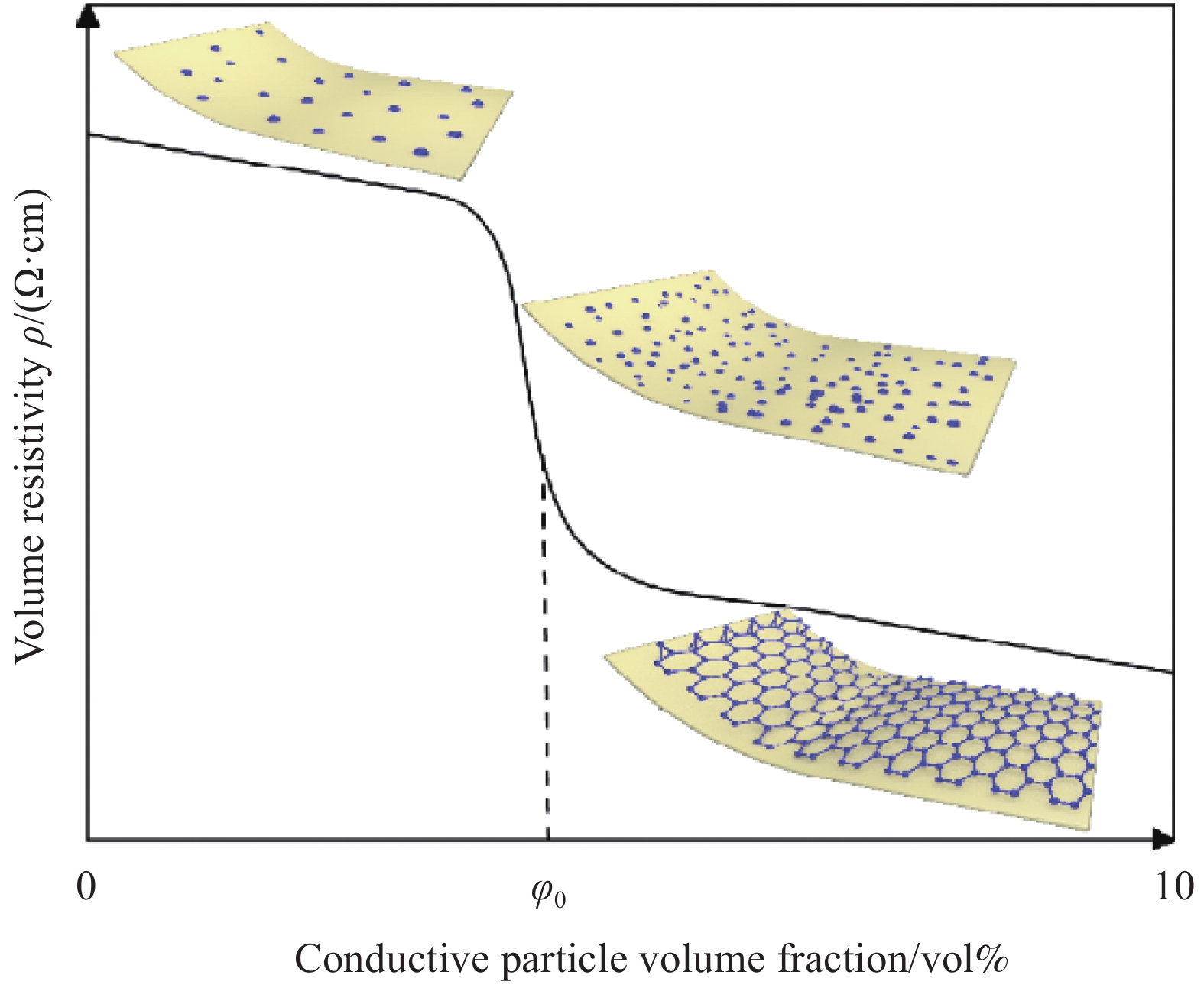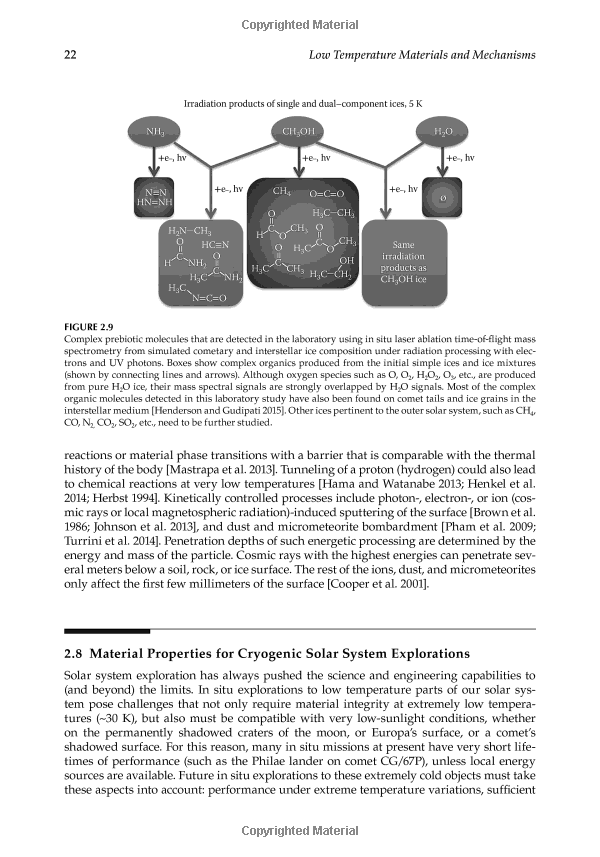Carpet Engineering: Processes, Materials, and Applications
Carpet engineering involves a range of processes, materials, and applications that contribute to the design, manufacture, and installation of carpeting. This field encompasses both traditional and innovative techniques, with a focus on creating products that are both aesthetically pleasing and durable. Materials used in carpet engineering include natural fibers such as wool and synthetic fibers like nylon, which are chosen for their physical properties and cost-effectiveness. Processes involved include yarn production, tufting, weaving, and backing selection, all of which contribute to the final product's quality and appearance. Applications of carpet engineering are numerous, including residential, commercial, and industrial settings, where carpeting is used for its functional and aesthetic value.
Carpet engineering is a highly specialized field that involves the design, production, and installation of carpets. It is a complex process that requires an understanding of different materials, their properties, and how they interact with each other. In this article, we will explore the processes, materials, and applications of carpet engineering.

Carpet engineering involves several processes. The first step is the selection of raw materials. These may include wool, nylon, polyester, or acrylic fibers, among others. Each material has its own unique properties and costs, so the selection of the right material for a particular application is crucial.
Once the raw materials are selected, they are processed into yarn. This involves spinning the fibers into threads and then weaving or tufting them into a carpet. Weaving and tufting are two different processes that can be used to create different styles and patterns of carpets.
After the carpet is woven or tufted, it goes through a series of finishing processes. These may include cutting, binding, serging, and backing. The cutting process trims the carpet to its final size, while the binding process attaches a border to the edge of the carpet. Serging is a process that locks the edges of the carpet to prevent fraying, and backing refers to the application of a layer of material to the back of the carpet for added stability.
There are several different materials used in carpet engineering. The most common materials include wool, nylon, polyester, and acrylic fibers. Wool is a natural fiber that is strong and durable, making it ideal for high-traffic areas. Nylon is a synthetic fiber that is highly resilient and stain-resistant, making it popular for homes and businesses. Polyester is another synthetic fiber that is soft and comfortable underfoot, while acrylic fibers offer a combination of warmth and durability.

Carpet engineering has a wide range of applications. Carpets can be found in both residential and commercial settings. In residential settings, carpets are used in bedrooms, living rooms, and hallways to provide warmth, comfort, and decoration. In commercial settings, carpets are used in offices, stores, and public buildings to provide functionality and aesthetics.
Carpets can also be used for specific applications such as staging performances or exhibiting artworks. For example, event carpeting is often used to provide a temporary floor surface for events such as concerts or trade shows. Artwork carpeting can be used to display paintings or other artworks in a gallery or museum setting.
In conclusion, carpet engineering is a highly specialized field that involves the design, production, and installation of carpets. It involves an understanding of different materials, their properties, and how they interact with each other. The processes of carpet engineering include the selection of raw materials, spinning them into yarn, weaving or tufting them into a carpet, and then undergoing a series of finishing processes such as cutting, binding, serging, and backing. The most common materials used in carpet engineering include wool, nylon, polyester, and acrylic fibers. Carpets have a wide range of applications in both residential and commercial settings, as well as for specific applications such as staging performances or exhibiting artworks.
Articles related to the knowledge points of this article:
Title: Mastering the Windsor Knot: A Step-by-Step Guide to Tying a Tie
Dismountable Down Jacket: A Practical and Stylish Winter Apparel



